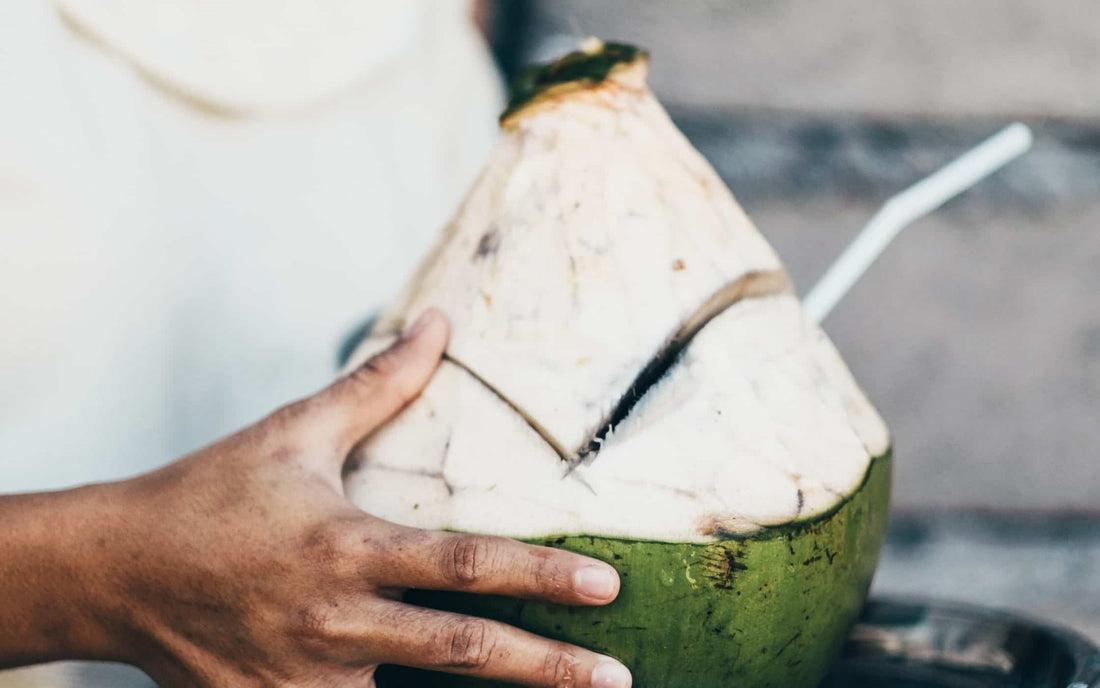In this second episode of Travels of the Papillae, we discover together the King of the coconuts, the Thambili. Due to its refreshing properties, this fruit of various shades is the best alternative to air conditioning to face the scorching heat.

The natural energy drink we needed
We can put aside the cans of energy drinks we find on supermarket shelves and take a good sip of thambili water. This is all you need for an energy boost after strenuous exercise or a workout, helping to prevent dehydration and fatigue.
Thambili, rich in electrolytes, not only contains much more potassium, chloride and calcium than most energy drinks, it also contains less sodium and sugars.
Furthermore…
It is low in fat and sugar, and makes you feel full. It also contains some forms of dietary fiber and amino acids that help moderate the absorption of sugar in our bodies and improve insulin sensitivity.
It acts as a diuretic, also having the ability to cleanse your body of toxins and other harmful substances.
It is a real vitamin supply: it contains vitamin C, and many B vitamins.

Fruit Ninja in the kitchen
The time has come to sharpen the knives!
In order to best enjoy the Thambili, the end of the stem must be cut circularly, with a slight inclination, creating a beveled edge. We continue to cut the white pith, until the layer is thin enough to be able to pierce it and extract the water. Once the liquid has been removed, the inside of the peel has a soft, basically gelatinous layer that can be eaten.
It can be added to smoothies or fruit juices.
NB: Thambili water can be stored for up to three days in the refrigerator.
Did you know that ...
During World War II, military medics are thought to have injected thambili water to wounded soldiers to assist with plasma transfusions. The substance has the same electrolyte balance as our blood plasma; since it is naturally sterile, it does not produce heat or destroy red blood cells and is readily accepted by our bodies. In short, it is the perfect natural substitute for saline.
Would you be surprised if I told you that the water of Thambili is known as "the elixir of life"?
